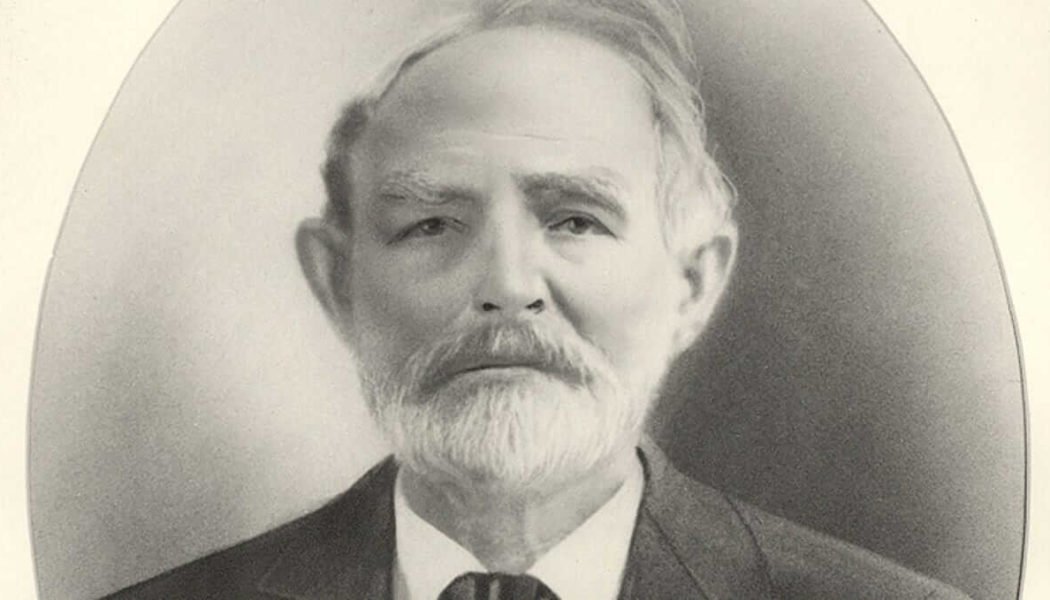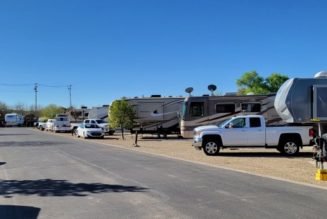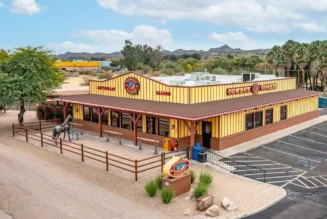
Henry Wickenburg
November 21, 1819 – May 14, 1905
In 1848 President Polk, during his State of the Union address, confirmed the discovery of gold in California. In doing so, Polk officially kicked off the Californian Gold Rush – A stampede from the East Coast and Europe began, with the destination being California’s gold fields.
Henry Wickenburg immigrated from Prussia to the US with other adventurous immigrants, prospectors and miners from around the globe, all lured out west by the dream of gold fortunes. Mr. Wickenburg first arrived in New York in 1847 and then on the West Coast sometime around 1850. He learned how to prospect & pan for gold in San Francisco, then becoming a naturalized American citizen in 1853.
Alas, Henry was late to the party and most of the gold claims at the Mother Lode in California, were already snatched up. As the easiest of the gold gathering in California began to play out miners gradually moved toward Southern California, then through Yuma and up the Colorado or into Arizona—still seeking riches. Henry Wickenburg was to sign on with Peeples expedition. The group of nearly 30 headed east, prospecting as they went. They eventually stumbled onto one of the richest surface finds of gold at the time, known as Rick Hill near what is now known as Yarnell AZ. Gold flakes & nuggets could actually be seen on the ground and easily pick up by hand. As with all good things… the gold at Rick Hill quickly ran dry.
At the time, there was no Phoenix, no Flagstaff, or Prescott. Most of the population was Mexican and most were in Tucson AZ. Indian tribes were abundant with the notorious Apaches creating the most fear. Roads were basically nonexistent. Keep this in context…
While a number of the Weaver group stayed onsite to dry mine, Wickenburg and two companions, Major Isaac Van Bibber and Theodore Green Rusk, bravely set off alone in search of a new gold strike in the Harquehala Mountains as suggested by early pioneer, King Woolsey, who they had met at Rick Hill. After traveling to the mountainous destination, the aforementioned gold strike was a complete bust! Following streams and trails on their return trip, the trio chanced upon a clearly visible outcropping of quartz.
They marked the spot & continued on, finally setting up camp along the Hassayampa River near what is now the Town of Wickenburg. The three posted a location notice but failed to file a claim. In November the trio split up, with Bibber heading off to California to secure funding and mining supplies while Rusk took quartz samples to Tucson for testing. Wickenburg stayed back at camp some 15 miles from the claim.
5 months later, Wickenburg and four different men went back to the claim and officially filed on it. The group formed the Vulture Mining District, with Henry Wickenburg as President. Bibber was later paid $10,000 to “Quit Claim”. Theodore Green Rusk died alone, of tuberculosis in Tucson. Go figure…
Before long, however, Wickenburg decided he didn’t want to do the physical work himself and allowed other miners to work the Vulture Mine. Within two years of discovery, Henry Wickenburg and his partners sold most of their shares and The Vulture Mining Company, based in New York, took over. Wickenburg sold his share of the Vulture Mine for $85,000. Although he got $20,000 in cash, the new owners refused to pay the rest, claiming Wickenburg didn’t have clear title to the mine.
The town around the mine, Vulture City, was a boom-and-bust town. It disappeared as fast as it sprang up. At its height, the Vulture City had a population of about 5,000. The initial and sizable wealth of the mine triggered an epidemic of thieving, swindling, bank robberies and stage holdups. A number of Wells Fargo stagecoach drivers were murdered by thieves for the gold they were carrying. The most infamous of these holdups being ‘The Wickenburg Massacre’.
Henry Wickenburg died sometime later by suicide. Or did he? Some say he was murdered by a couple trying to swindle his savings. His body was found with a gunshot wound to his temple. Wickenburg’s .32 caliber pistol was found in his right hand. Family members claim he was left handed. One actual witness at the scene said “All footprints and evidence were wiped out at the scene. So that’s the only determination that can be made by the jury, suicide.”
Some say he died penniless after exhausted his savings in a futile legal attempt to collect money owed in the Vulture deal – Not so, says family members… Wickenburg was far more than a prospector who got lucky. Over the years, Wickenburg served his town as a judge, justice of the peace, school inspector and even census taker. He was a member of the seventh Territorial Legislature in 1873 and, for a while, served as president of the local mining district. He also donated land for Wickenburg’s first church.
But his most far-reaching accomplishment may have stemmed from his decision to help bankroll Jack Swilling and his fanciful plan to refurbish a network of ancient Hohokam canals. The introduction of large-scale irrigation in the Salt River Valley led, in 1868, to the establishment of the dusty little agricultural community of Phoenix.
Sources: AZCentral.com








